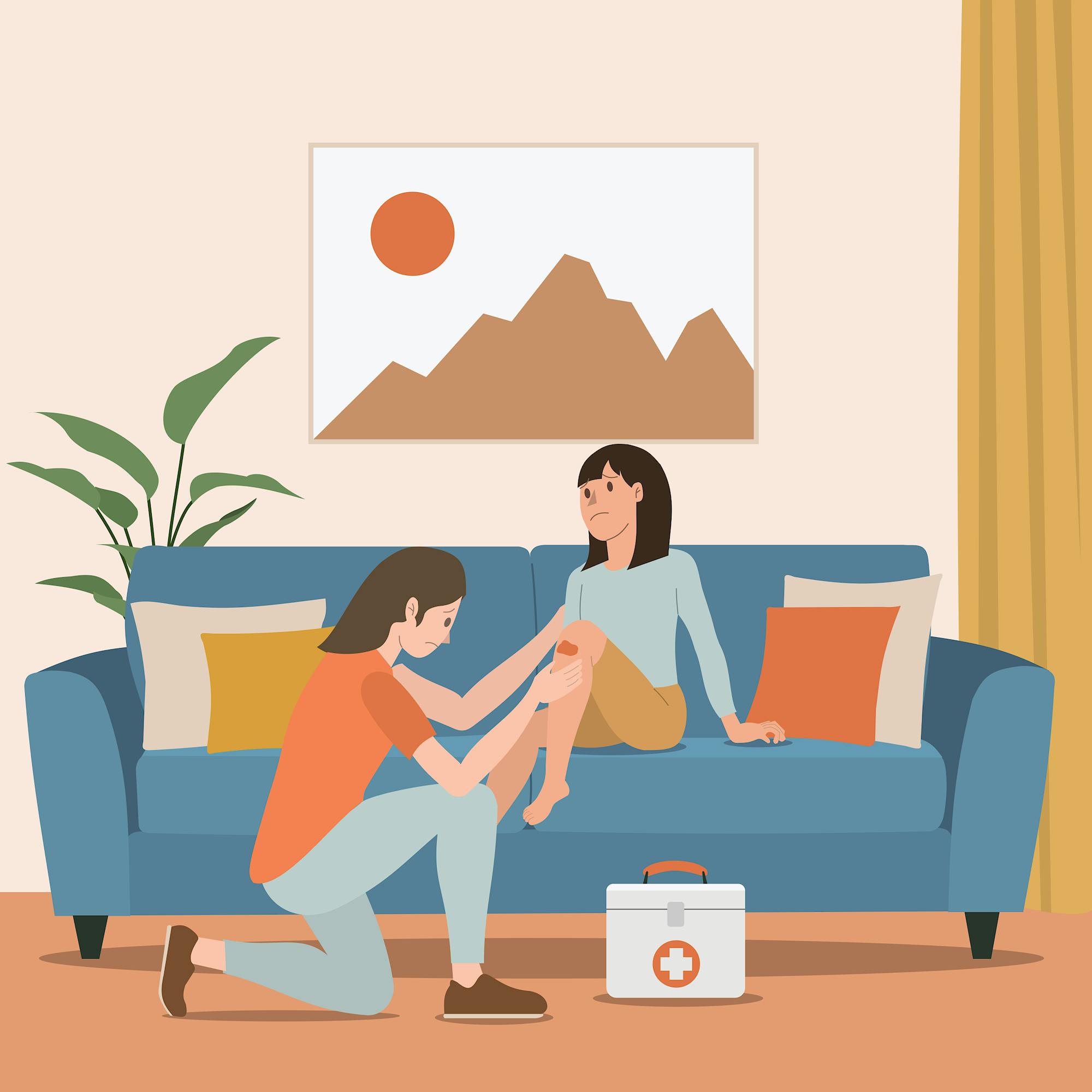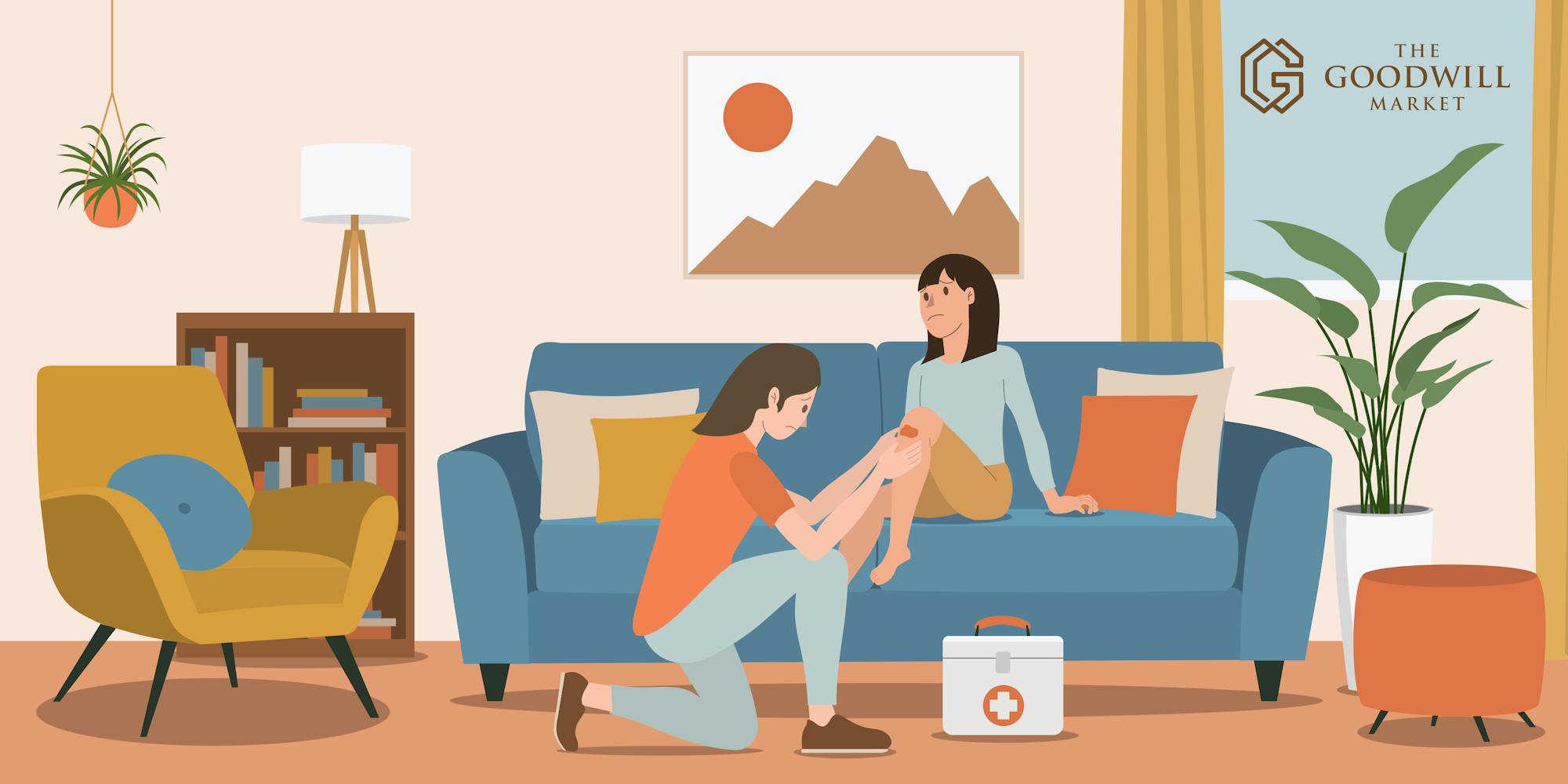


Health & Fitness
The moment your child learns how to walk, play, and interact with other kids, it’s no surprise that they’re bound to tumble. From running too fast, accidentally hitting their head to getting random scars, these incidents are likely to happen — and that’s okay since it’s all part of growing up. While kids enjoy playing and discovering new things as they mature, parents need to teach their little ones how to take care of themselves. An effective way to start it off is by teaching them about the proper first-aid use.
Every parent wants the best for their children, especially when it comes to their safety. As much as you don’t want your kids to get hurt, it’s inevitable that they will have mishaps and injuries — some will even be serious. That’s why it’s necessary to let them have a basic understanding of first-aid and how it works.
Find a container to store all of your little one’s first-aid supplies. It can be a box, a small backpack, or a pouch. There are kid-friendly first-aid kits you can buy at drug stores too.
When it comes to treating scrapes, bruises, and scars, adhesive bandages are the first thing that comes to mind. Bandages are also used to cure sprains, strains, and deeper wounds. We highly recommend having this item in your child’s first-aid bag just to be sure in case an unfortunate event happens.
Along with the bandages, here are other items you can also consider:
No matter how old your child is, a pack of wet wipes is always helpful to have around. Wet wipes are often used to clean hands and wipe noses or dirt, but it's also an excellent tool for small scars.
Especially during this pandemic, we should always sanitize our hands at all times. Having a bottle of rubbing alcohol in your child's first-aid kit is a must. Besides its powerful use of disinfecting wounds, alcohol can clean other first-aid materials too. Teach your kids how to stay safe and protected with B-Braun's Softa-Gel hand sanitizer that contains 75% Isopropyl Alcohol to keep the viruses away.
Children may get minor cuts and deep wounds while playing, climbing, or doing sports. As parents, you may have the tendency to panic, and it's inevitable. Parents should keep in mind to stay calm and in control. Tell your child everything will be okay, and let them know you're just there to help. Your child is less likely to panic if you remain relaxed and reassuring.
It’s common for kids to get scars occasionally — especially for those children who love playing outdoors. Cuts and scrapes can be easily treated at home. If there’s bleeding, teach your child to gently apply pressure on the affected area to make the bleeding stop. After that, wash the cut with soap and water, then apply a bandage to the wound.
If your child is spotting a bruise on their body, gently remind them to consistently apply cold packs to decrease the swelling. If the affected area continues to stay the same and doesn’t fade over time, it’s recommended to consult the doctor.
Sometimes, your child may experience burns from touching boiling water or hot objects like the kettle and flat iron. You should first let your child avoid the substance and immediately apply an ice pack or a cool towel over the burn to soothe pain and irritation.
Another great skill you can teach your child is knowing when and how to seek assistance. Ensure your child is well-prepared for emergencies by letting them know their basic details, such as their name and address — and what hotlines to call when incidents happen. At the same time, parents should also set clear guidelines for their children when it’s necessary to reach out to crisis hotlines to avoid panic and unnecessary calls.
Encouraging your children to appreciate the proper use of first-aid will help them prepare for potential situations where they may need to help their family, friends, or someone around them in an emergency.
Overall, it is the primary duty of parents to teach their children how to take care of themselves. A child needs to learn to help themselves as parents can't be with them at all times. Therefore, letting your children understand first-aid basics will help them grow into strong, responsible, independent, and confident individuals. —(TGM)
Because you deserve the best
HealthStyle Newsletter

